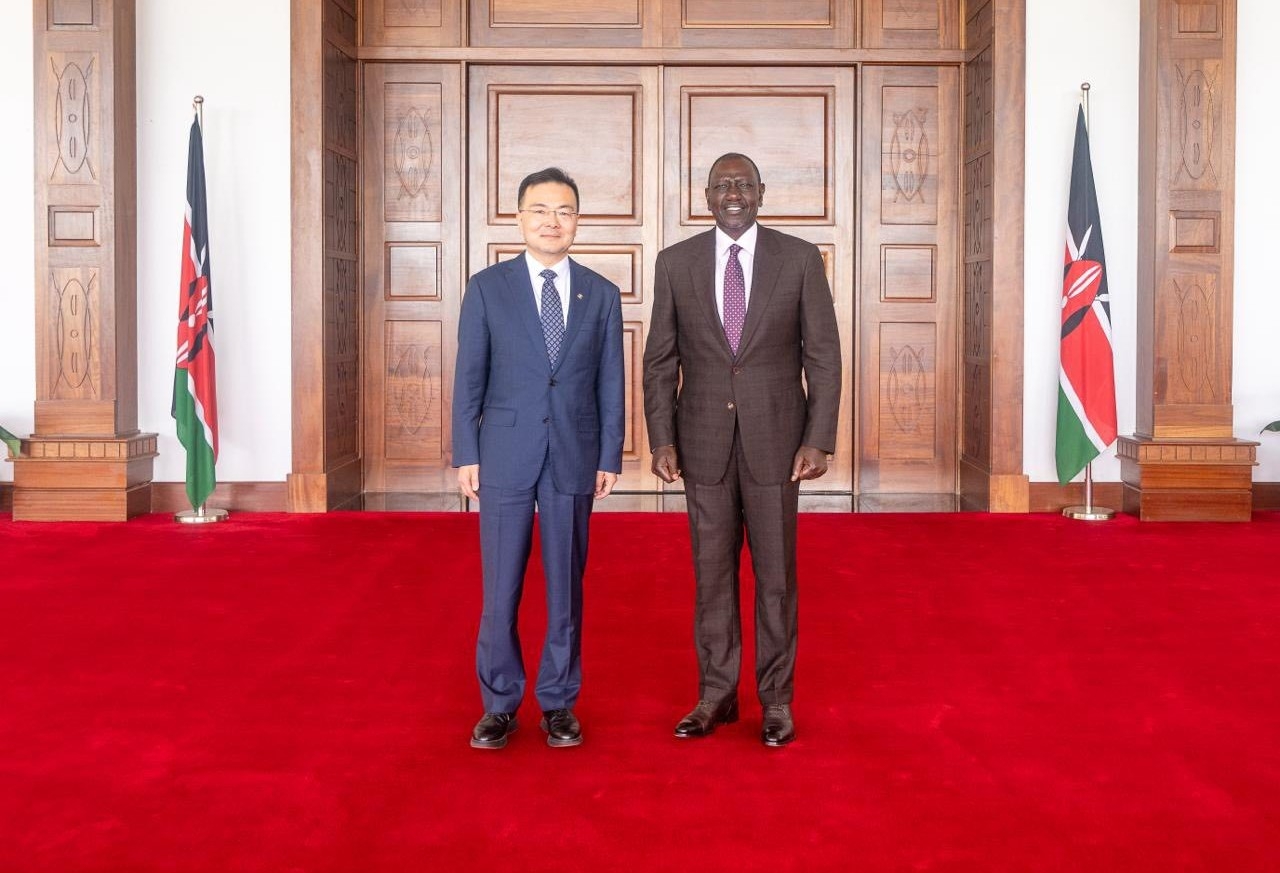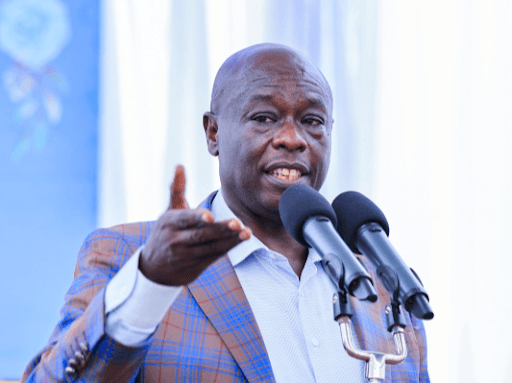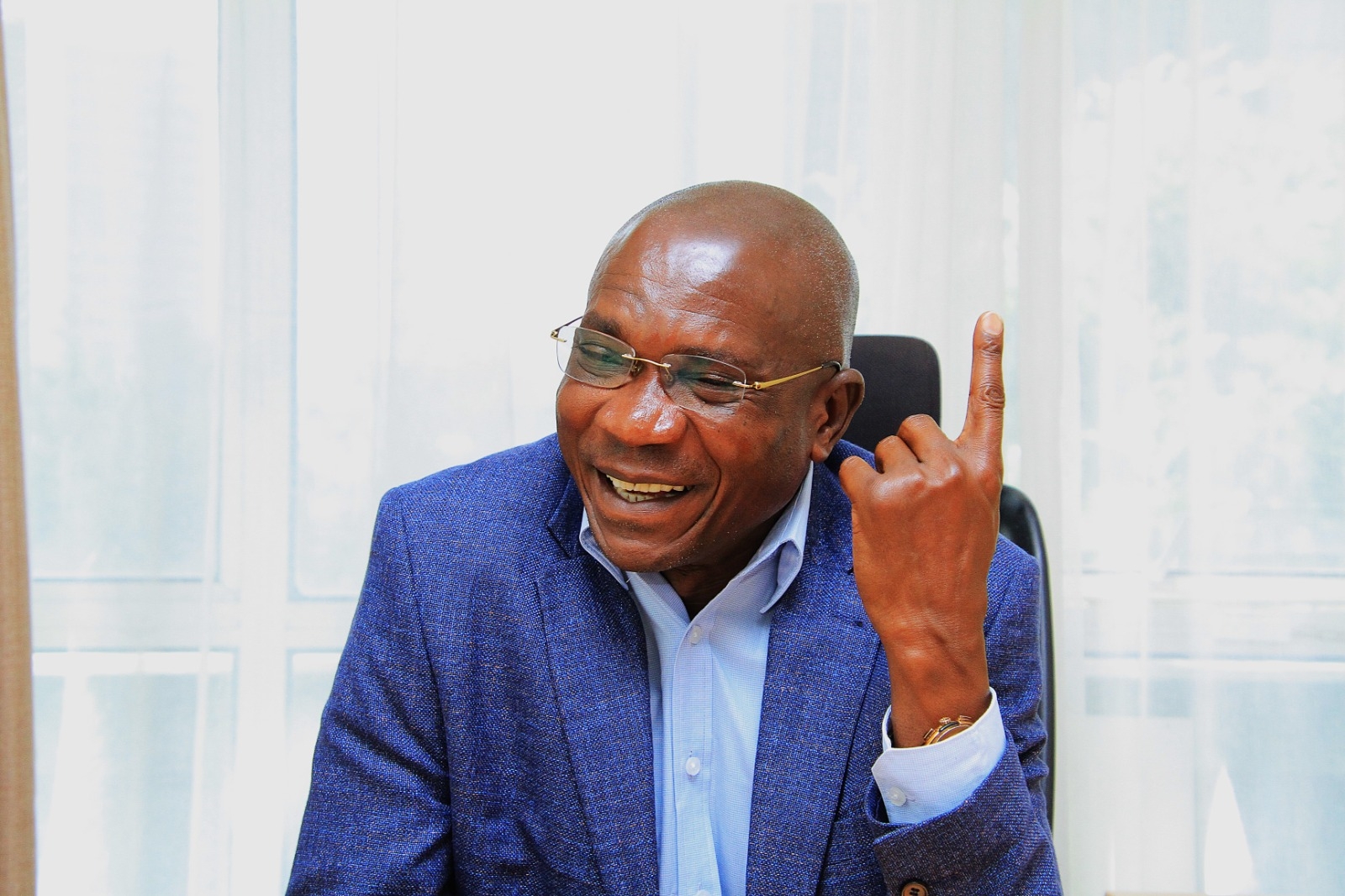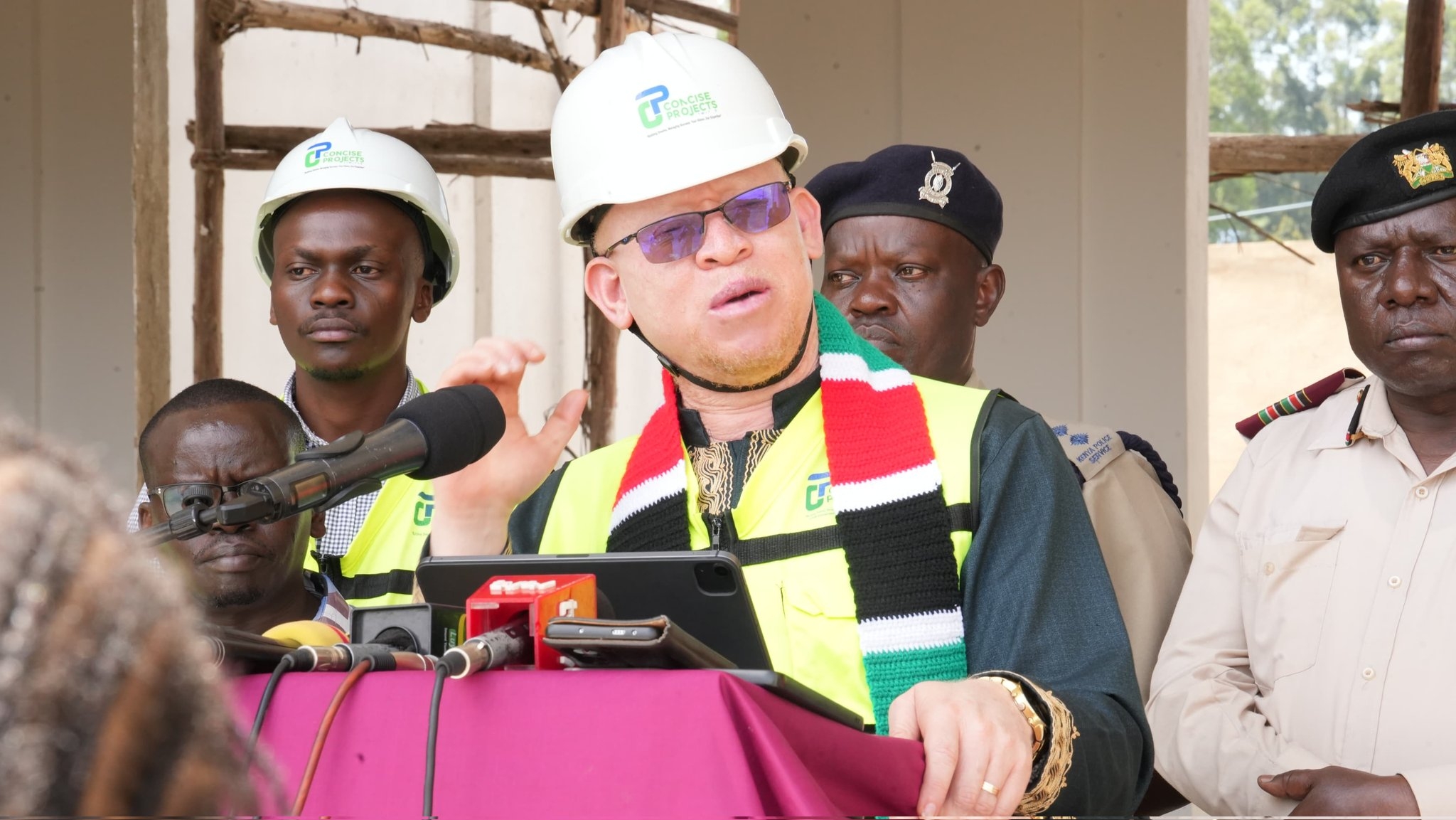Developing countries spent a record $443.5 billion (Sh68.1 trillion) to service their external public and publicly guaranteed debt in 2022, the World Bank’s latest International Debt Report shows.
This was a mid the biggest surge in global interest rates in four decades, with countries such as Kenya’s public debt service crossing the Sh1 trillion mark for the first time in history, official government data shows.
The increase in costs, World Bank now says, shifted scarce resources away from critical needs such as health, education, and the environment.
Debt-service payments—which include principal and interest—increased by five per cent over the previous year for all developing countries.
The 75 countries eligible to borrow from the World Bank’s International Development Association (IDA)—which supports the poorest countries—paid a record $88.9 billion (Sh13 .7 trillion) in debt-servicing costs in 2022.
Over the past decade, interest payments by these countries have quadrupled, to an all-time high of $23.6 billion (Sh3.6 trillion).
In the last financial year ended June 2023, Kenya’s spending on debt repayment rose by Sh306 billion to Sh1.2 trillion, data by the Controller of Budget indicates, as the country’s debt crossed the Sh10 trillion market.
It is estimated that the government was spending an average Sh3.2 billion daily on debt repayment.
In its report, World Bank notes that overall debt-servicing costs for the 24 poorest countries are expected to balloon in 2023 and 2024—by as much as 39 percent.
“Record debt levels and high interest rates have set many countries on a path to crisis,” World Bank Group Chief Economist and Senior vice president,”Indermit Gill, said.
Every quarter that interest rates stay high results in more developing countries becoming distressed—and facing the difficult choice of servicing their public debts or investing in public health, education, and infrastructure, Gill noted.
“The situation warrants quick and coordinated action by debtor governments, private and official creditors, and multilateral financial institutions, more transparency, better debt sustainability tools, and swifter restructuring arrangements. The alternative is another lost decade,’’ he said.
Surging interest rates have intensified debt vulnerabilities in all developing countries.
In the past three years alone, there have been 18 sovereign defaults in 10 developing countries—greater than the number recorded in all of the previous two decades.
Today, about 60 per cent of low-income countries are at high risk of debt distress or already in it.
Interest payments consume an increasingly large share of low-income countries’ export, the report finds.
More than a third of their external debt, moreover, involves variable interest rates that could rise suddenly.
Many of these countries face an additional burden: the accumulated principal, interest, and fees they incurred for the privilege of debt-service suspension under the G-20’s Debt Service Suspension Initiative (DSSI).
The stronger US dollar is adding to their difficulties, making it even more expensive for countries to make payments.
Under the circumstances, a further rise in interest rates or a sharp drop in export earnings could push them over the edge, World Bank noted.
As debt-servicing costs have climbed, new financing options for developing countries have dwindled.
In 2022, new external loan commitments to public and publicly guaranteed entities in these countries dropped by 23 per cent to $371 billion—the lowest level in a decade.
Private creditors largely abstained from developing countries, receiving $185 billion more in principal repayments than they disbursed in loans.
That marked the first time since 2015 that private creditors have received more funds than they put into developing countries.
New bonds issued by all developing countries in international markets dropped by more than half from 2021 to 2022, and issuances by low-income countries fell by more than three-quarters.
With financing from private creditors drying up, the World Bank and other multilateral development banks stepped in to help close the gap.
World Bank expects to finance Kenya to the tune of a 1.85 trillion for three financial years 2024-2026.
















